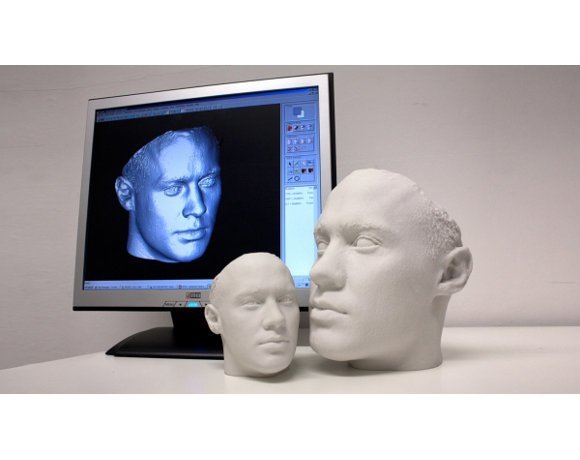Have you heard of HeLa cells before? No? I will ask this question then: What is the largest cause of death in the world? Yes. It is cancer leading causes of death in the world. The economic situation affects us all as private individuals and within community sectors.
Cancer cells are very different than normal cells. Cancer cells can live forever placed in the tissue culture, while, on the other hand, normal cells die after about 50 generations. This proof of cancer cell immortality came from HeLa cells, a cultured cancer cell line from a cervical tumor that was isolated from a woman named Henrietta Lacks.
She was a black tobacco farmer from southern Virginia, who was diagnosed with cervical cancer when she was 31 and died eight months later. In her radium treatment to kill the tumor, Doctor George Gey, the head of tissue culture research at Johns Hopkins, took a piece of her tumor without asking her and sent it to some scientists. They had been trying to keep human cells alive in culture for decades, but they all eventually died. Henrietta’s were different; they multiplied uncontrollably, reproducing an entire generation every twenty-four hours and they never stopped.
Dr. Gey named the cells “HeLa cells”, in honour of the initial two letters of name of the patient, but announced that he had created the first immortal human cell line with her tissue sample, and spent the rest of his life exploiting them. However, it appeared that until the 1970s, Ms. Lack’s family had no knowledge that their mother/wife/sister’s cells were being used for research and commercial purposes until 24 years after her death. And consequently, the history of this issue has been raised in ethical dilemmas surrounding the use of the HeLa cells. What do you think? Were they commercialized? Or were they just used for important human research.
Left: Henrietta Lacks, Right: HeLa Cells multiplying numerously
Reference:




